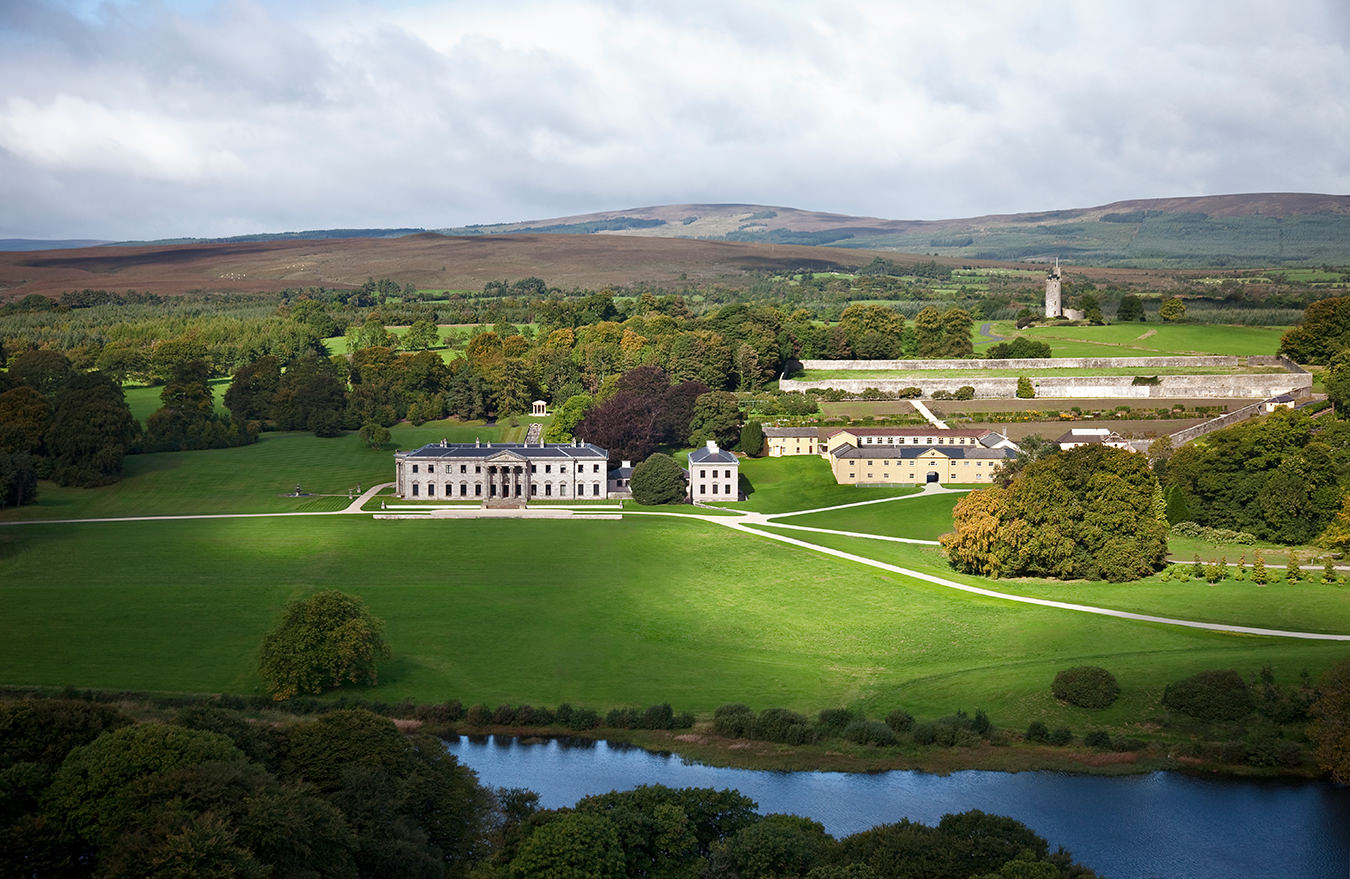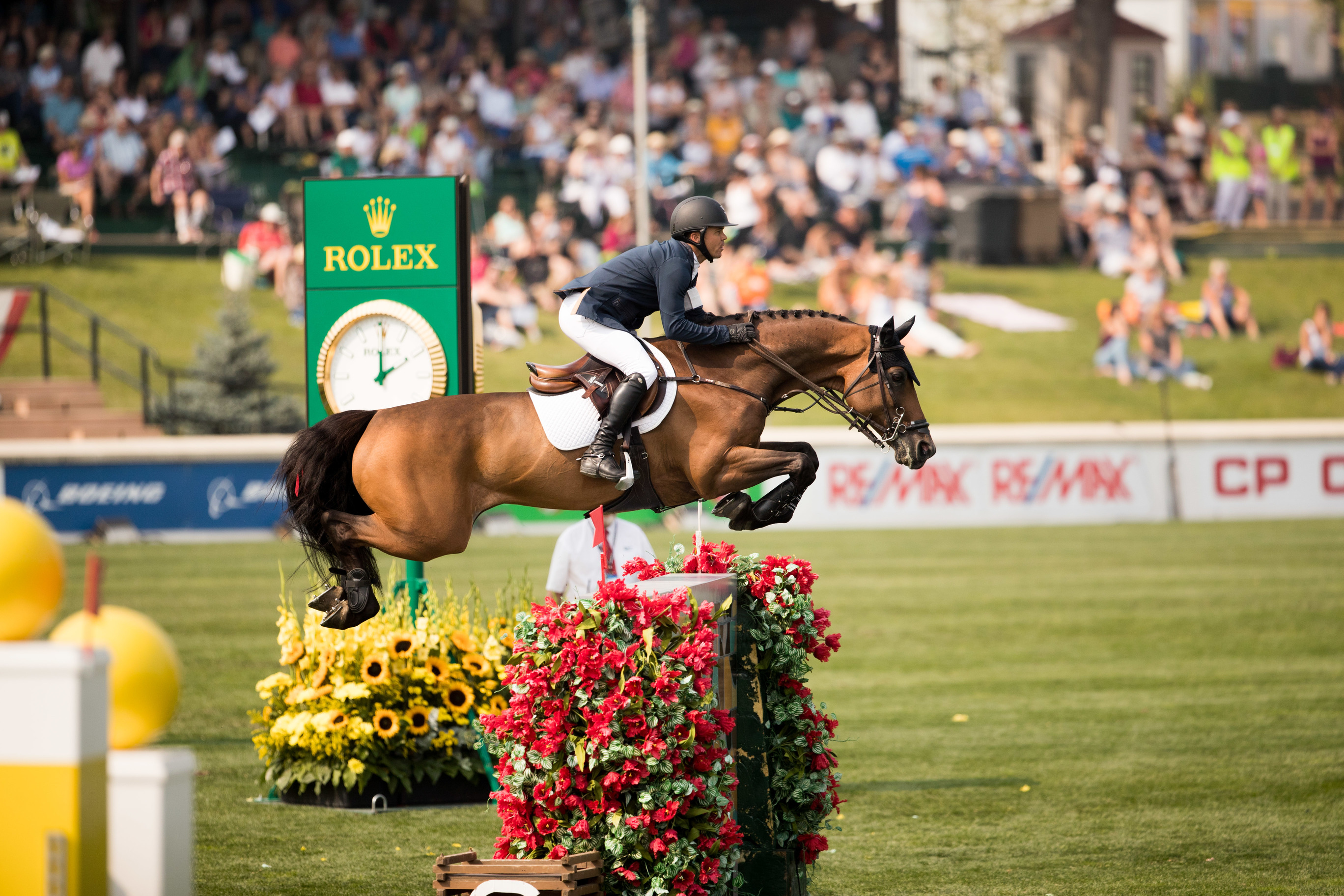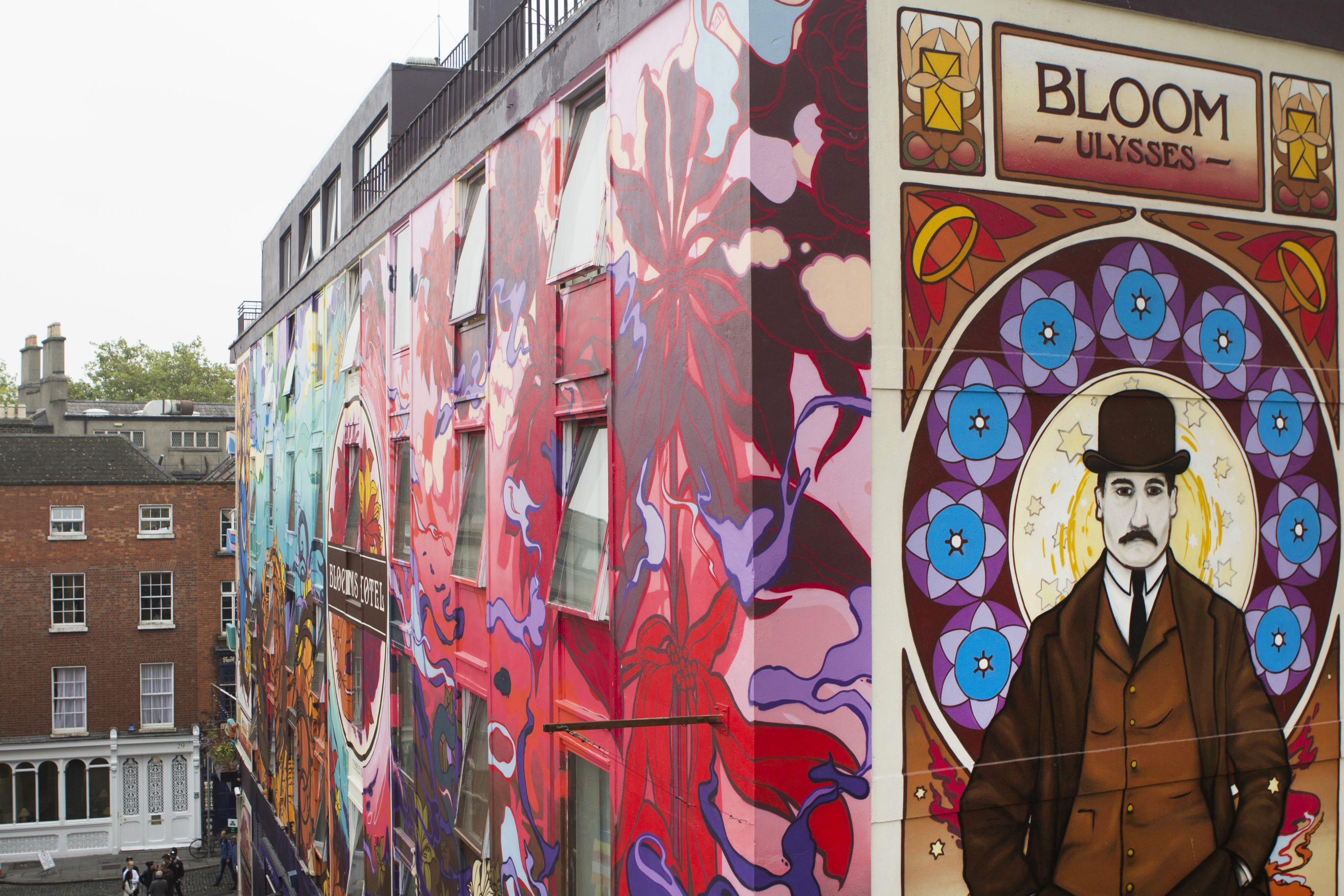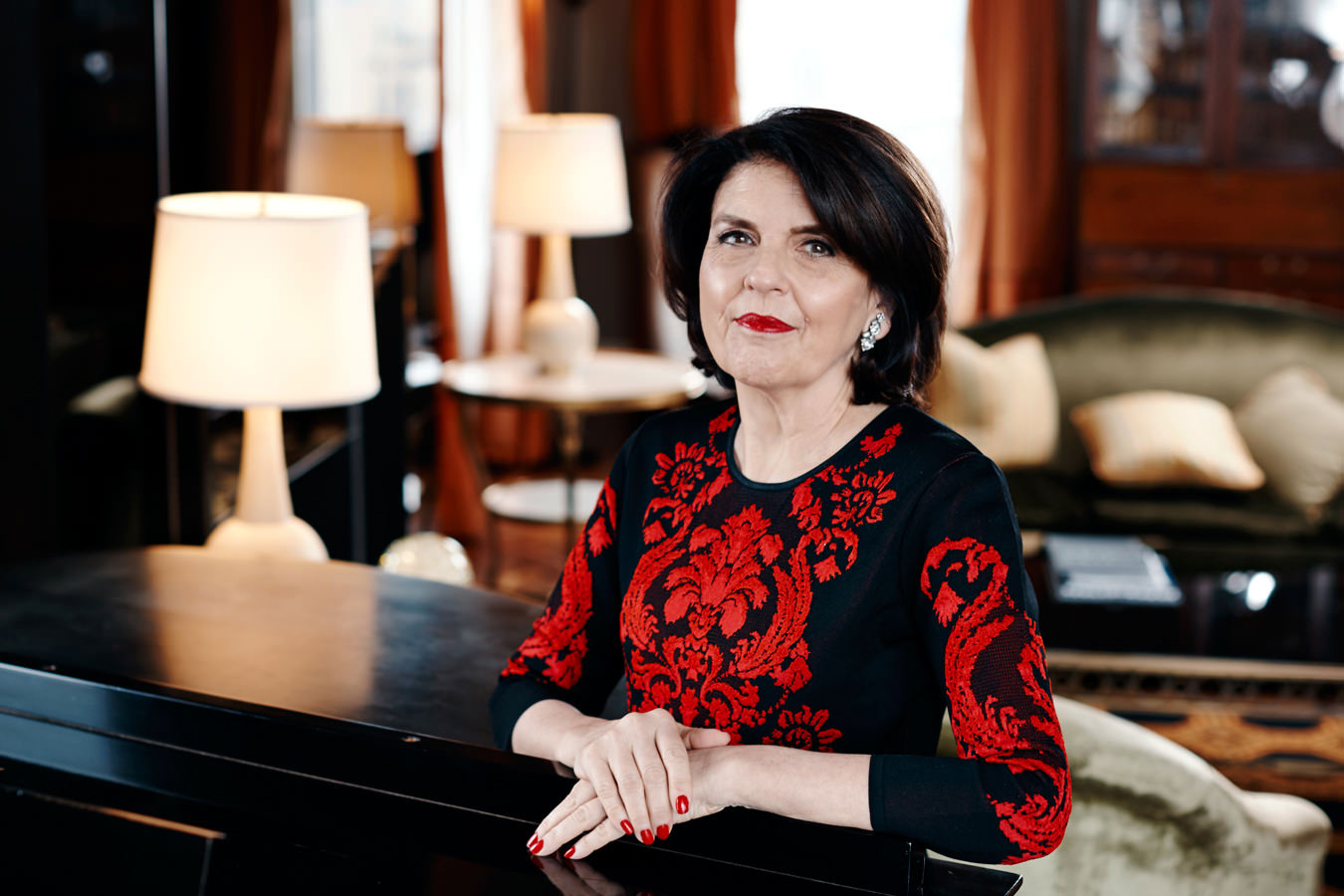-
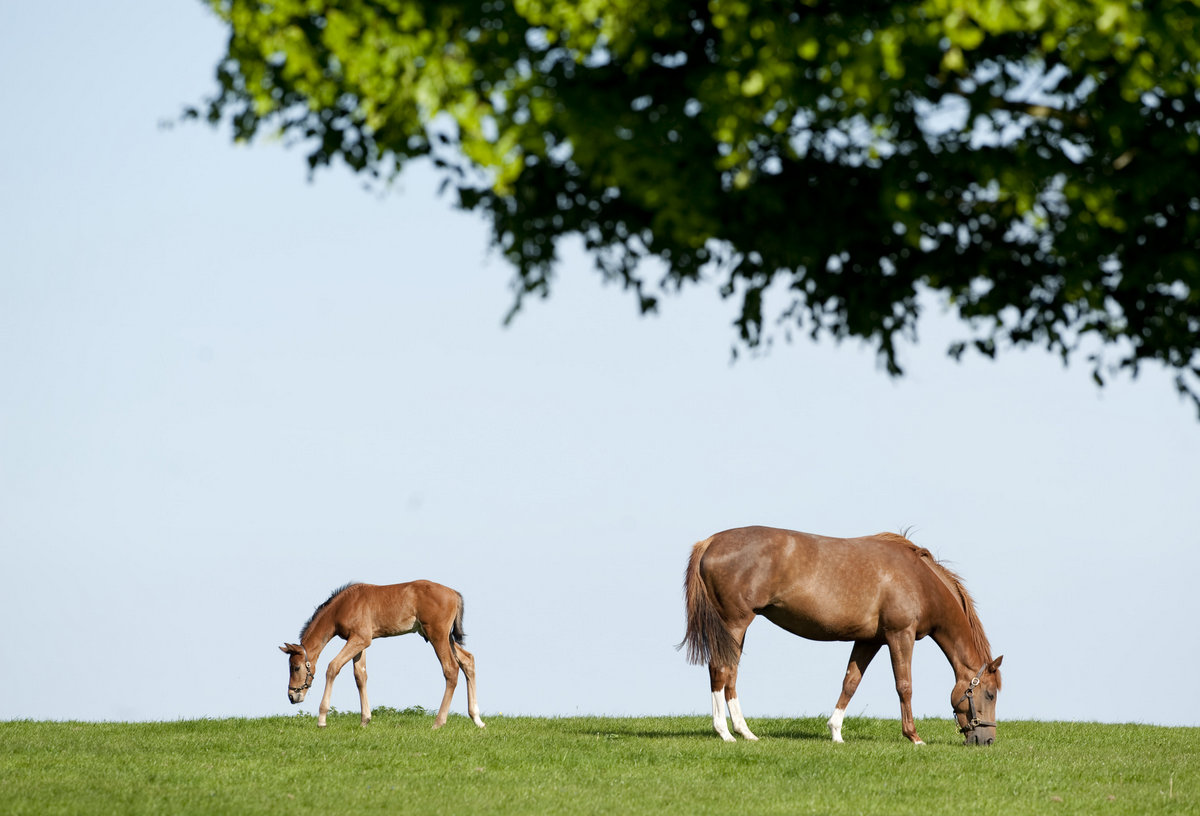
A mother and her foal.
-
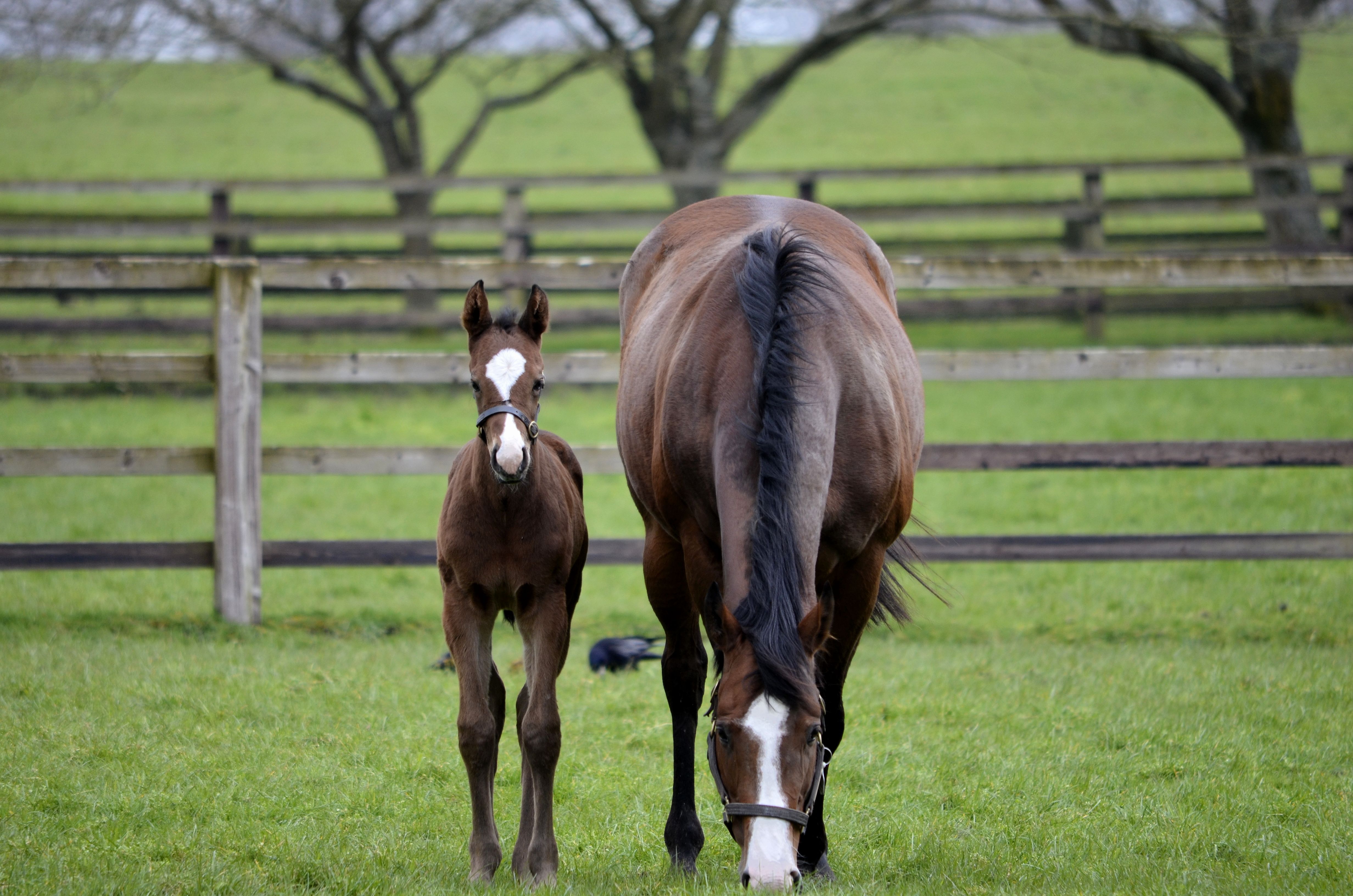
The Irish National Stud in County Kildare, Ireland, is one of the only nationally owned stud farms in the world.
-
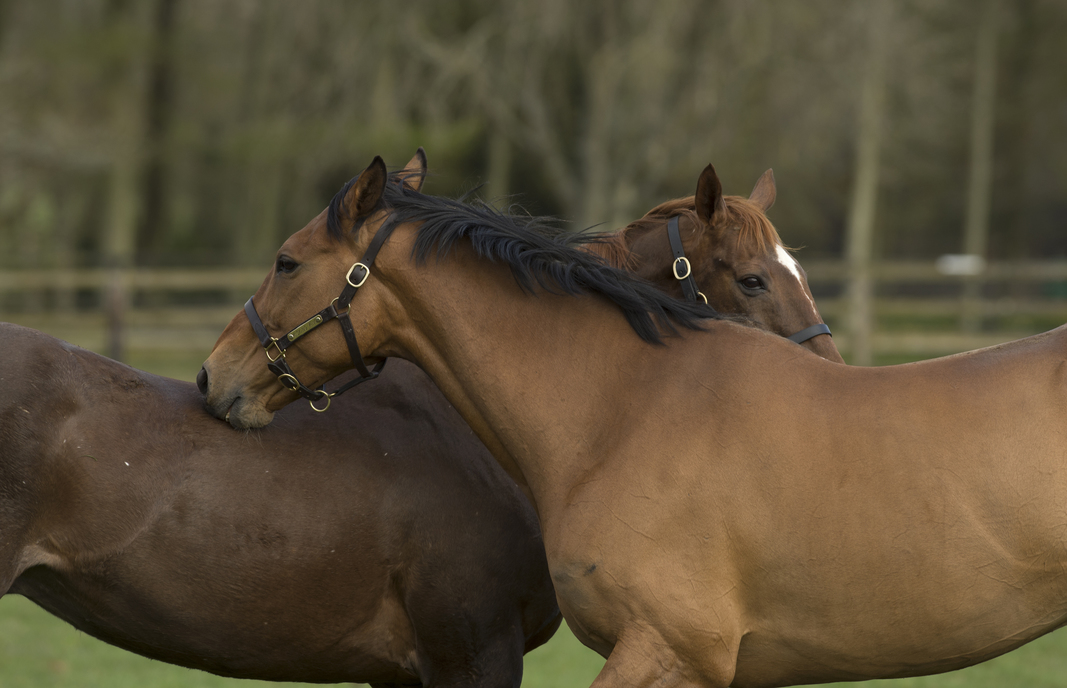
The stallions here are sought out by breeders far and wide.
-

Stop by the Japanese Gardens Restaurant during your visit for a bite.
-
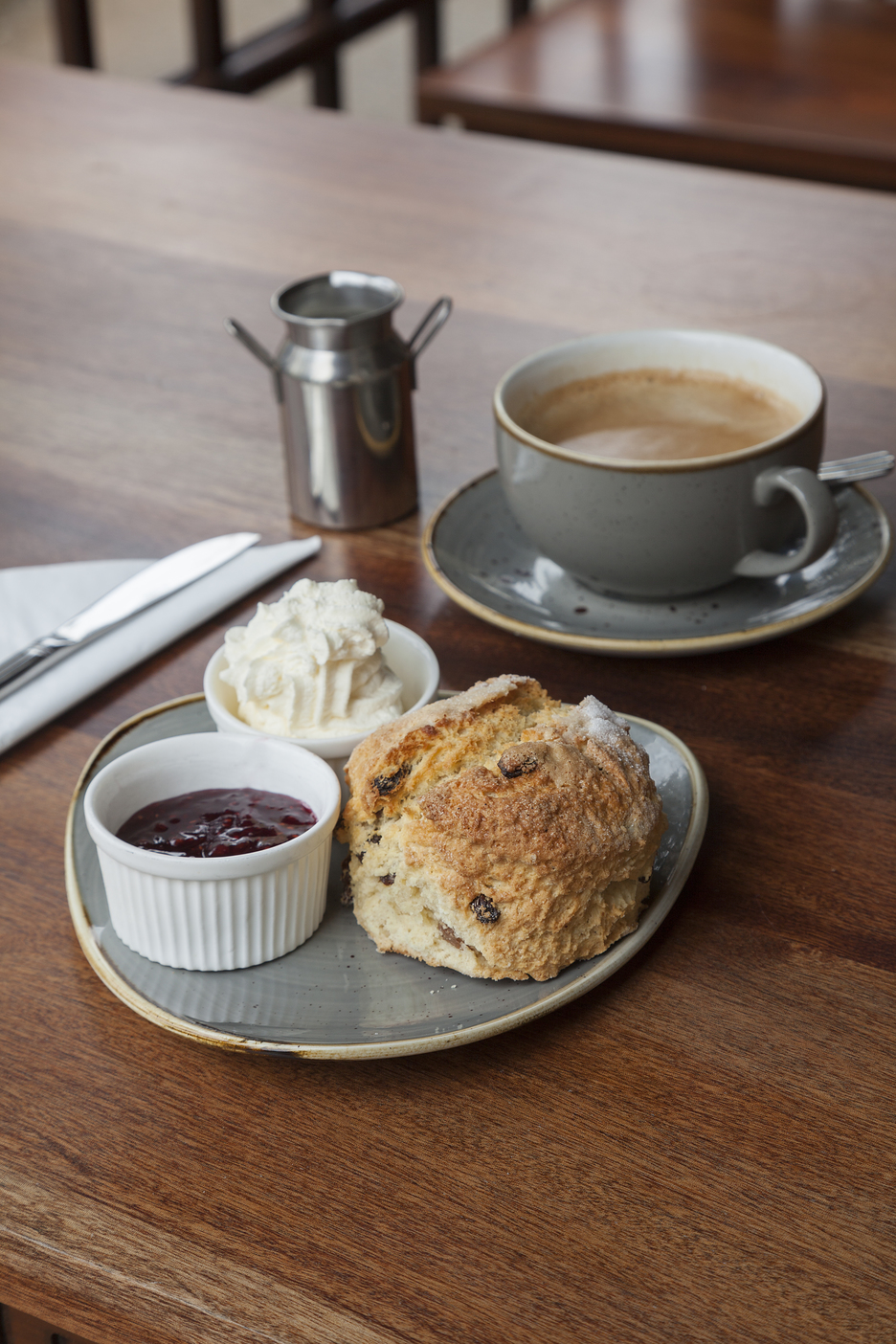
A scone with jam is the perfect afternoon pick-me-up at the Stud.
The Irish National Stud
Stallions and stars.
Is there a more beautiful sign of spring than the sight of newborn foals gamboling about the green fields?
Short answer: no—at least not at the Irish National Stud (INS) in County Kildare, Ireland, one of the only nationally owned stud farms in the world.
Easily reached from Dublin by train or car, the INS makes a wonderful day trip, and not just for the fervently horsey set. Eight famous stallions are the main attraction here, sought out by breeders far and wide, in spite of stud fees that range from a few thousand euros up to the astronomical 120,000 euro zone (the latter for a stallion named Invincible Spirit, who descends from famed, Kentucky Derby-winning Canadian racehorse Northern Dancer). With fees like that, it’s no wonder that it’s mainly millionaires who can afford to dabble in horse racing. In fact, it was here at the INS that the Aga Khan IV’s grandfather was converted to horse racing by the founder himself, Colonel Hall Walker.
A textbook charmingly eccentric Brit, Walker became obsessed with Eastern philosophies and astrology while stationed in India with the British Army. He came to believe in the power of the sun, moon, and stars to change the fortunes of man and beast. When he moved to Ireland in 1900, Walker set up the Stud on a beautiful property near Kildare, and immediately put his astrological beliefs to work.
Easily reached from Dublin by train or car, the Irish National Stud makes a wonderful day trip, and not just for the fervently horsey set.
Whenever a foal was born, Walker recorded the exact date and time and drew up a birth chart. If the stars weren’t aligned to his satisfaction, regardless of the bloodline—and much to the chagrin of the trainers—the foal was sold.
Another nod to astrology are skylights in the stables, which Walker installed so the horses could see the moonlight and stars. A sculpture depicting the sun, moon, and stars, which Queen Elizabeth II unveiled during her visit here in 2011, is unabashedly zodiacal, making the Stud utterly unique in the horse racing world as the only such facility integrating astrological wisdom into its practices.
Walker’s unconventional techniques paid off when he became the most successful breeder of his time, winning the Epsom Derby in 1909 with Minoru, a horse named after the son of his friend, Tassa Eida. It was Eida, a master horticulturalist from Japan, who designed the gorgeous Japanese Garden at the Stud, which depicts the passage of man from birth through childhood and marriage into old age and death, using rocks, water, plants, trees, and flowers. A cave and dark tunnel represents birth and later, a marriage bridge of two stones meet side by side, in the middle of a stream.
More than 267 foals were born at the Stud in 2016, so visitors have a good chance of catching an equine birthday and seeing the cycle of life begin in the paddocks and pastures, or in the gardens. From breeding season kick-off (fittingly, on Valentine’s Day) until the end of summer, this is a magical place worth the trip from Dublin.
Photos courtesy of the Irish National Stud.
_________
Never miss a story. Sign up for NUVO’s weekly newsletter.





